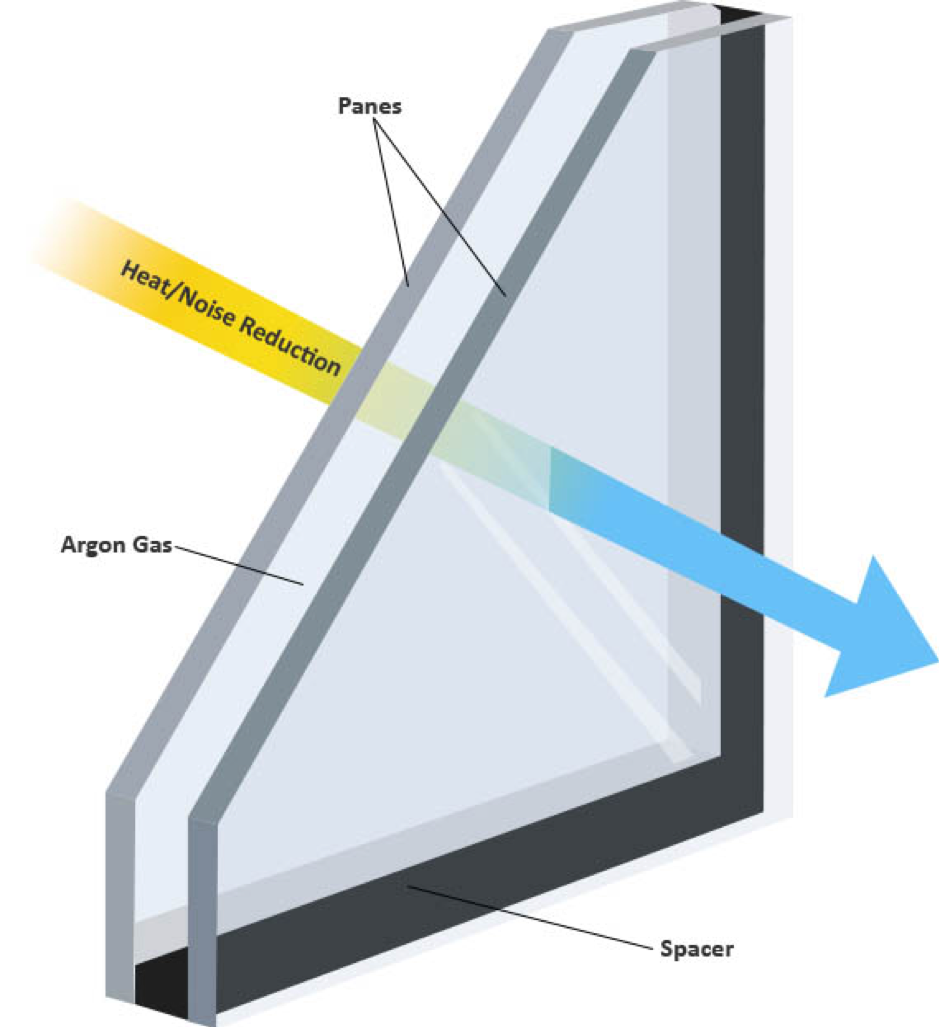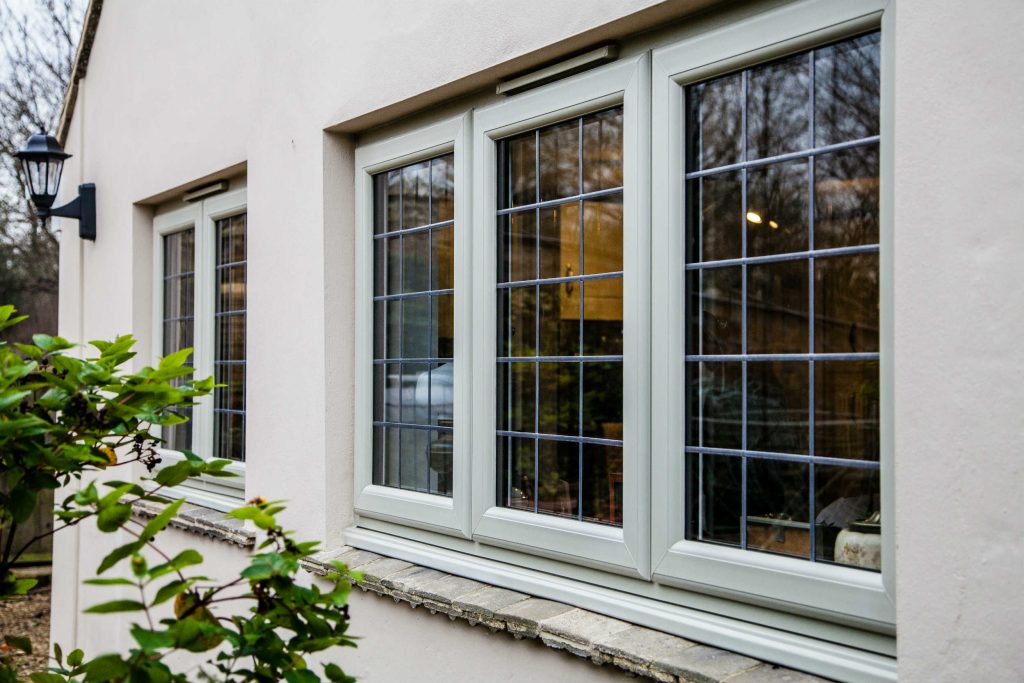All Categories
Featured
Table of Contents
Double Glazed Windows: A Complete Guide in Bibra Lake Perth
That window can transfer more solar heat in winter season than in summertime. A west-facing window on a summer season's afternoon has an angle of occurrence from near 0 up to 30 with a big effective area of solar radiation. A north-facing window, in summer season, has a high angle of incidence and a low efficient area of solar radiation, so can transfer less heat than a west-facing one.

You can rapidly and quickly improve the thermal efficiency of your house by changing your windows. This is among the most efficient approaches of restoration to achieve better thermal convenience. There are countless kinds of glass and frames to select from. Selecting the right ones is very important to improving the energy efficiency of your home.
Double Glazed Windows Brisbane in Dianella Perth
There are several types of glass items to pick from. Single glazing utilizes a single pane of glass. Single glazing with clear glass is not very efficient when it comes to heat loss or gain. To enhance efficiency, you can use single glazing with a more energy-efficient type of glass such as low emissivity (low-e) glass.
The energy performance of IGUs likewise depends on: the residential or commercial properties of each layer of glass. Various glass types (for example, clear and low-e glass) can be put together in an IGU.
Brisbane's Best Double Glazed Windows in Quinns Rocks WA

IGU cavities can be filled with air or a more inert, low-conductivity gas such as argon the width of the cavity. Wider cavities supply lower (much better) U worths, with 12mm normally accepted as the favored gap how well the cavity is sealed.
If argon is installed to the cavity in location of air, moisture is dependably excluded the level of desiccant (drying representative). The spacer (metal or polymer strip) that separates the glass layers contains a desiccant to take in any wetness. Inadequate desiccant may cause wetness to condense on the glass surface area in cold conditions, decreasing thermal performance.
Double Glazed Windows – Their Amazing Benefits For ... in Byford Perth
In truth, IGUs can provide better energy efficiency for all environments, especially in heated and air-conditioned homes. Cross-section detail of single, double and triple-glazing systems Low emissivity glass (commonly called low-e glass) lowers heat transfer. Low-e glass may be either high or low transmission: High transmission low-e glass has a covering that permits daytime from the sun to enter your house to attain excellent solar heat gain, but lowers the amount of the long wavelength infrared heat that can leave back through the window.
Low-e glass has either a pyrolytic finish or a vacuum-deposited thin movie metal covering. Pyrolytic finishings are resilient and can be used for any glazing; vacuum-deposited coatings are soft and are only used within IGUs. Low-e coatings can significantly improve both U value and SHGC; nevertheless, they should be utilized properly or they will either weaken or stop working to carry out as required.
The Ultimate Guide To Double Glazed Windows in Heathridge Perth
Low-e finishings can be used in mix with clear, toned or reflective glass. Low-e finishes on glazing can lower heat transfer where needed Picture: Department of Industry, Science, Energy and Resources Toned glass has actually colouring ingredients included throughout manufacture. It is available in various colours, normally bronze, grey, blue and green.
Latest Posts
Why Is Double Glazing So Important In Winter? in Floreat Western Australia
Pros And Cons Of Argon Gas In Windows in Bedford Perth
Can I Have Double Glazing In A Summerhouse? in Madeley Perth